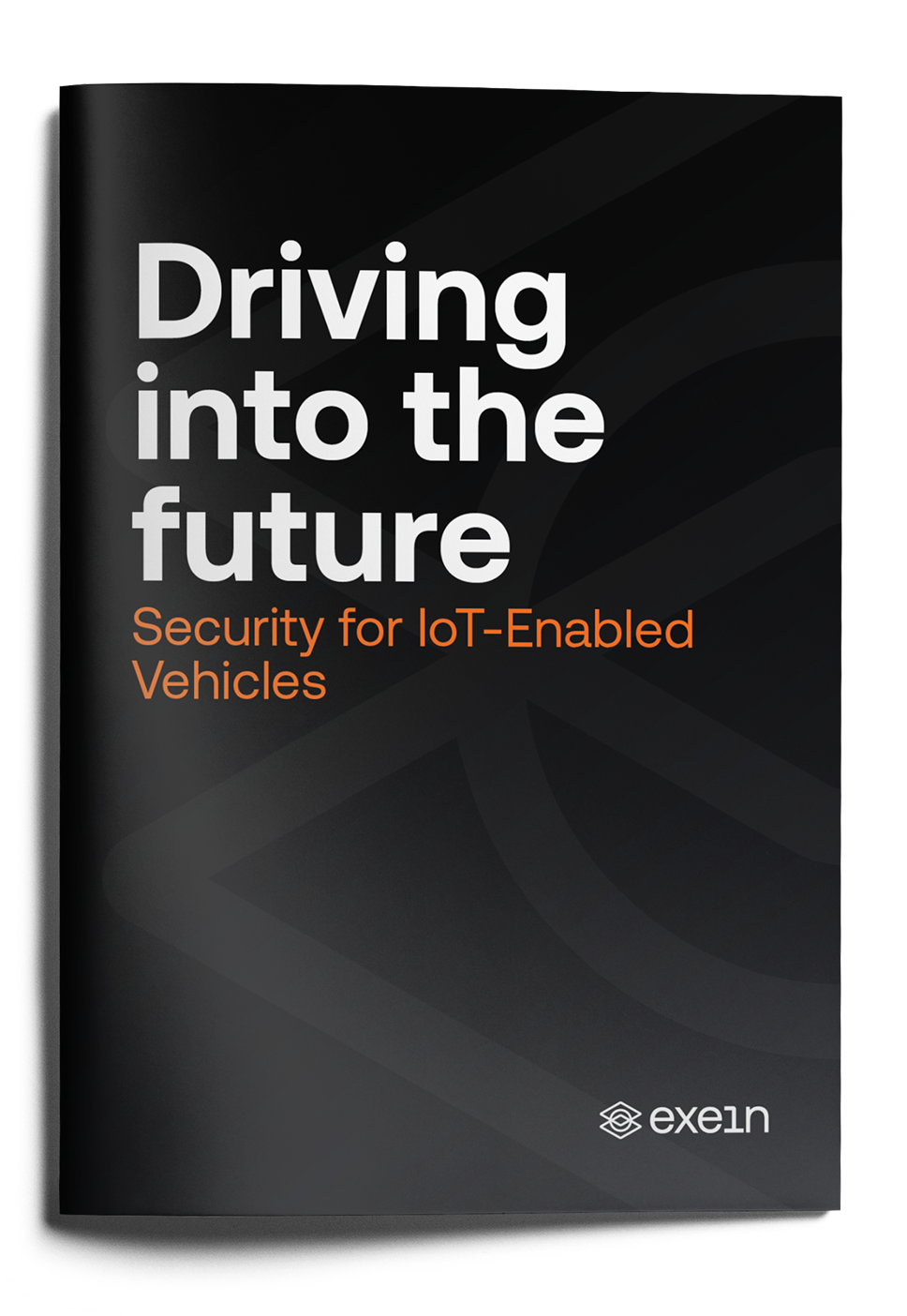
Opportunities and Risks
The automotive industry is transforming with IoT technologies. Connected vehicles now offer enhanced safety, better driver experience, and improved fleet management. However, this also increases cybersecurity risks , making vehicles vulnerable to cyberattacks.





